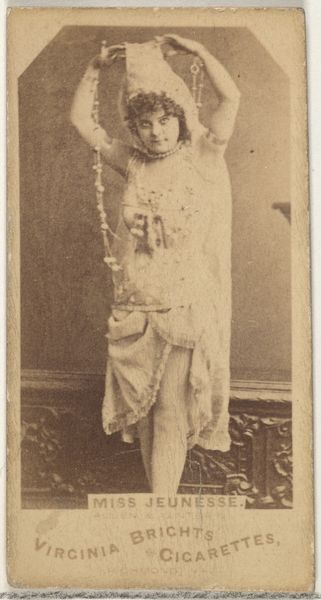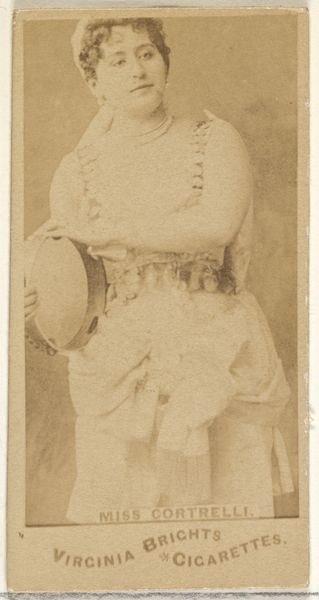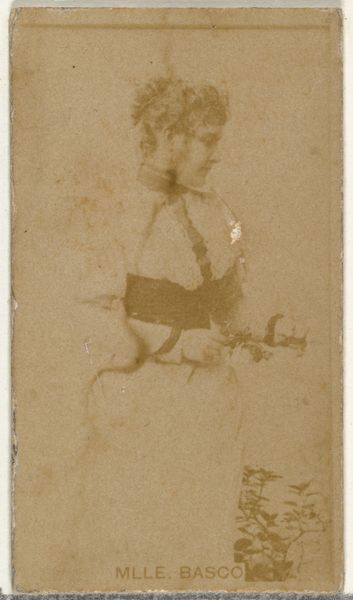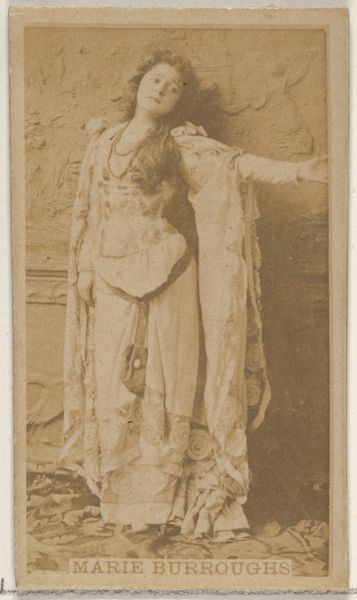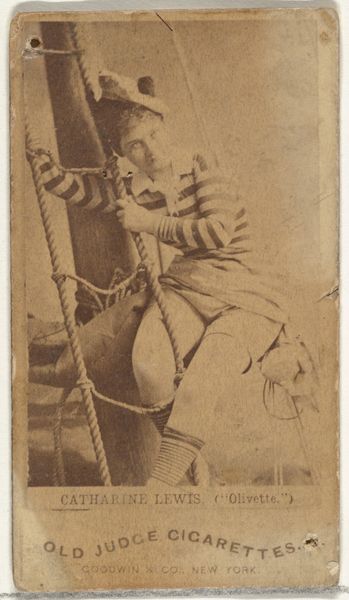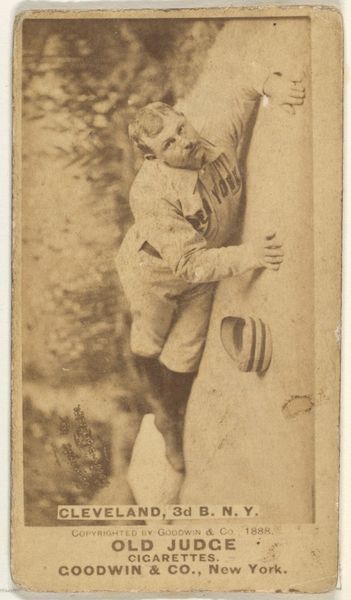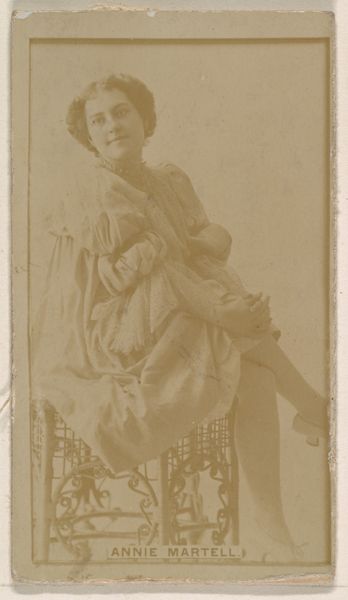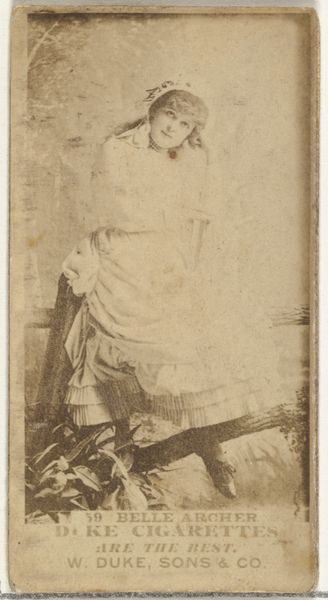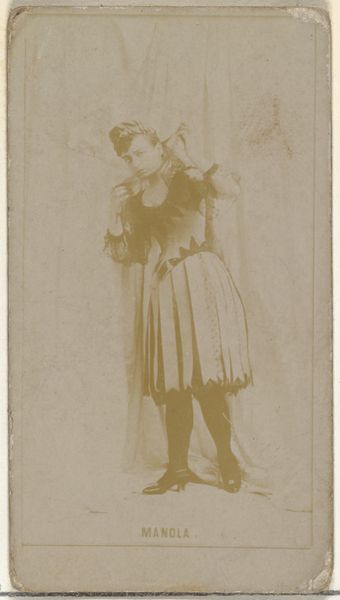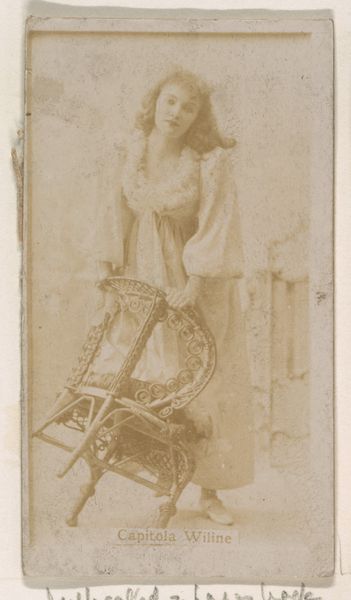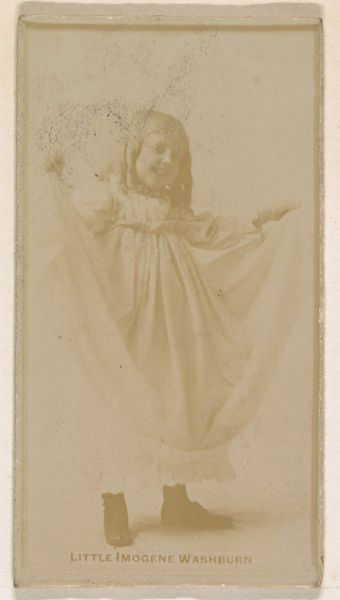
Rev. Dr. Thomas Chalmers and Thomas Chalmers Hanna 1843 - 1847
0:00
0:00
photography, gelatin-silver-print
#
portrait
#
film photography
#
photography
#
romanticism
#
gelatin-silver-print
#
men
Copyright: Public Domain
Curator: Oh, this photograph is whispering secrets. It's aged like a beautiful poem. Editor: Hill and Adamson captured this gelatin-silver print between 1843 and 1847. It's a portrait of Rev. Dr. Thomas Chalmers with Thomas Chalmers Hanna and currently resides at the Metropolitan Museum of Art. It presents an intriguing glimpse into 19th-century Scottish society. Curator: It feels intensely personal. Like a captured memory, something stumbled upon rather than posed. It’s so sepia-toned that it almost feels ghostly, especially the older man's wild hair. Is it romantic, or just eerie? I can't decide! Editor: The aesthetics do have some connections to Romanticism. Consider how portraiture developed institutionally during the Victorian era. The public role of a clergyman like Chalmers shaped the image and influenced what a "respectable" portrait should communicate about status and morality. Curator: I get that, but still… Look at the blurry, almost dissolving quality. I can imagine being swaddled by that coat, can't you? A hug from another century. He has his hand placed carefully, possessively, even, on the boy’s. I bet their bond was fierce. It’s just a tender picture. Editor: Perhaps. Early photography demanded long exposure times, so capturing genuine emotional nuances was quite challenging. However, portraiture at the time helped cement class and social hierarchies. Curator: Yes, yes, hierarchies, fine! But look closer at the man’s eyes. Aren’t you moved by what feels like the fleeting capture of intimacy? Editor: It's true that the image invites speculation about their relationship. The constraints of the medium unintentionally introduce an enigmatic quality that engages viewers. I’d say, in terms of institutional power and image-making, that’s partly what made photography acceptable at the time. It did so little 'deviating', creatively or politically, that it passed. Curator: See, you CAN feel! All this aside, though, whatever social context or photographic limitation may have existed, I like to think what shines through is their quiet, beautiful affection. It is such a human truth! Editor: Agreed. Its enduring appeal resides partly in its successful negotiation between societal expectation and the accidental impression of something deeply heartfelt and authentic. Curator: That’s all I’m saying. A beautiful blend. Editor: A neat thought. Let's leave it there for our visitors to contemplate!
Comments
No comments
Be the first to comment and join the conversation on the ultimate creative platform.
